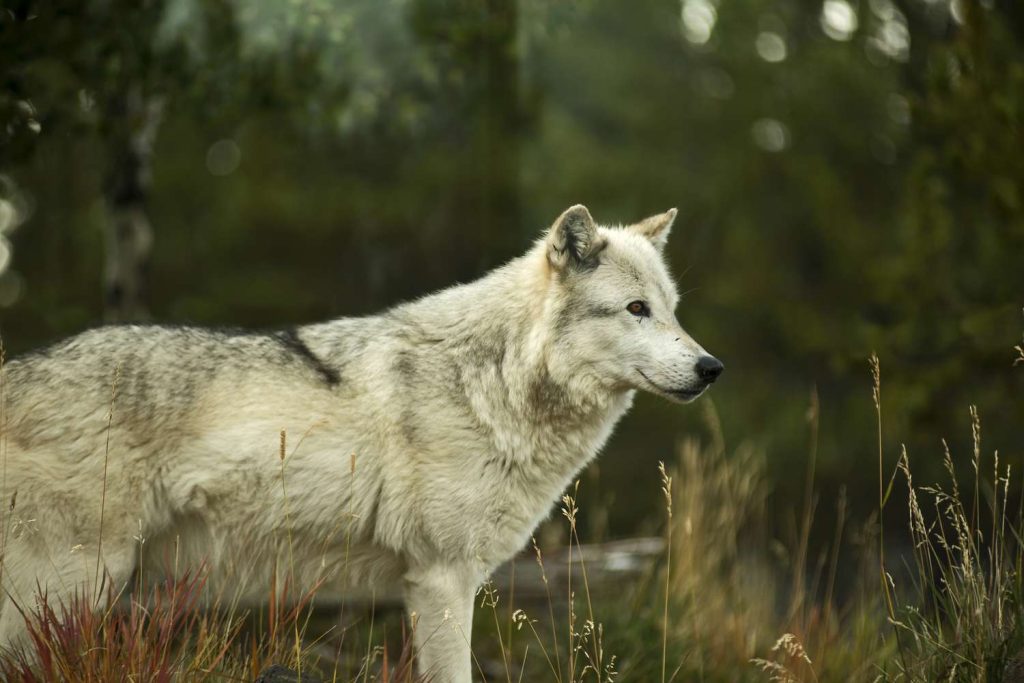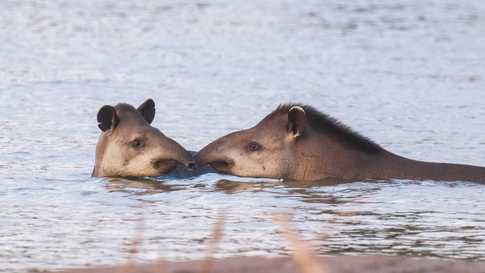Abril, 2024
Rewilding is a conservation strategy that seeks to restore and protect natural processes and wild areas, allowing ecosystems to regenerate and function autonomously.
In this post, we will explore what rewilding is, its importance, success stories, benefits, challenges, solutions and much more.
Introduction
In a world where ecosystems have been profoundly altered by human activity, rewilding emerges as an innovative solution to restore nature. This practice not only helps to restore biodiversity, but also offers ecological, economic and social benefits.
What is Rewilding?
Rewilding focuses on letting nature recover its natural course, reintroducing key species and restoring ecological processes.
This includes the reintroduction of top predators, habitat restoration and the removal of artificial barriers to allow ecosystems to regenerate without constant human intervention.

Importance of Rewilding
Rewilding is vital because:
- Biodiversity Restoration: Helps to recover species and ecological balances.
- Climate Resilience: Restored ecosystems can sequester carbon and mitigate climate change.
- Economic Benefits: Fomenta el ecoturismo y otras actividades sostenibles que benefician a las economías locales.
Success Stories
1.Yellowstone National Park, USA:
The reintroduction of wolves in the 1990s transformed the ecosystem, controlling deer populations and allowing the regeneration of riparian vegetation.
2.Rewilding Europe Project:
Several projects in Europe have reintroduced species and restored habitats, promoting biodiversity and ecotourism.
Rewilding benefits
- Ecosystems Restoration: Improves soil health, water quality and biodiversity.
- Climate Change Mitigation: Restored ecosystems act as carbon sinks.
- Revitalization of Local Economies: Promotes nature tourism and creates conservation-related jobs.

Rewilding in South America and the Caribbean
In South America and the Caribbean, rewilding is being implemented in various initiatives including the restoration of ecological corridors, the rehabilitation of degraded lands, and the promotion of sustainable agricultural practices. Prominent examples include:
- Ecological Corridors in Colombia: Connecting protected areas to allow species movement and increase ecosystem resilience.
- Restoration in Brazil: Projects such as the Salvador de Bahia Tourism Development Program include reforestation with native vegetation to protect the coastline.
Challenges & Solutions
Rewilding faces several challenges:
- Conflicts with Local Communities: Reintroducing predators can generate conflicts with the inhabitants.
- Financing: Rewilding projects require significant and sustained investments.
Solutions:
- Community Involvement: Involve local communities in rewilding projects to ensure their support.
- Diversification of Financing Sources: Use public, private and NGO funds to finance rewilding projects.
Contributing to Rewilding
Anyone can contribute to rewilding through:
- Support to Conservation Projects: Donate or volunteer in local rewilding projects.
- Education and Awareness: Promote the importance of rewilding and biodiversity conservation.
- Sustainable Practices: Adopt daily practices that reduce environmental impact.
Conclusions
Rewilding offers a powerful way to restore nature and promote biodiversity. Through species reintroduction and habitat restoration, we can help mitigate climate change, revitalize local economies and preserve ecosystems for future generations.
